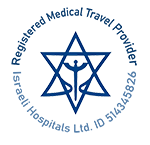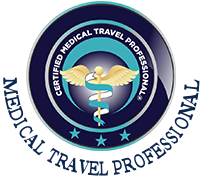Understanding Sjögren’s Syndrome
Sjögren’s syndrome is a chronic autoimmune disorder in which the body’s immune system mistakenly attacks moisture-producing glands. This leads to dryness in the eyes and mouth, and in many cases, affects other organs and systems such as the joints, lungs, kidneys, liver, and nervous system.
The disease can occur on its own (primary Sjögren’s) or alongside other autoimmune conditions such as rheumatoid arthritis or lupus (secondary Sjögren’s). While dryness is the hallmark symptom, many patients also experience fatigue, joint pain, swelling, and systemic inflammation that can significantly impact daily life.
Sjögren’s syndrome is more common in women and can appear at any age, though it often develops in middle age. The condition is long-term, with no known cure, and in severe cases, it can lead to serious organ complications.
Standard Treatments – and Their Limitations
Current management focuses on relieving symptoms and controlling immune activity. Treatments may include:
- Artificial tears and saliva substitutes for dryness relief
- Anti-inflammatory and pain medications
- Immunosuppressive drugs (e.g., hydroxychloroquine, methotrexate)
- Biologic therapies such as rituximab (MabThera) targeting B-cells
While these approaches can help control symptoms, they rarely change the course of the disease. For patients with systemic organ involvement or disease resistant to multiple therapies, the need for more effective treatment is urgent.
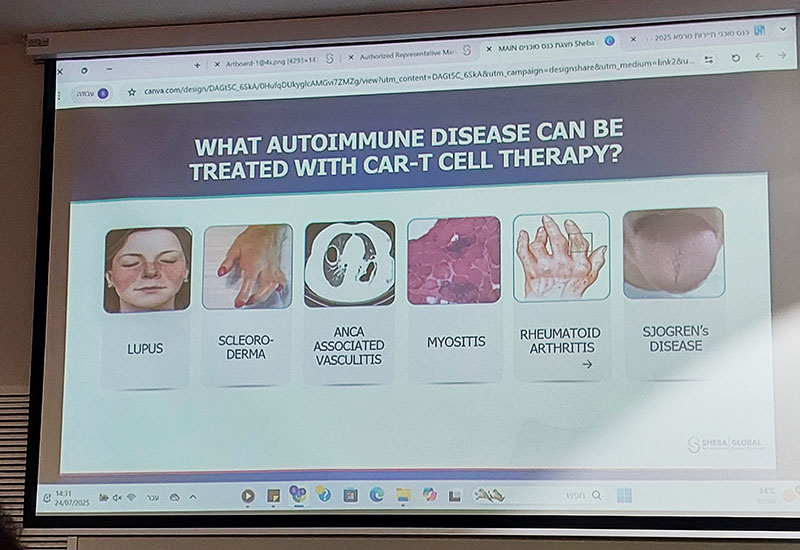
Prof. Lidar Presents on CAR-T Therapy for Rheumatologic Diseases
CAR-T Therapy – Targeting the Source of Disease
CAR-T cell therapy for Sjögren’s syndrome is an advanced, personalized treatment that aims to address the underlying cause rather than just manage symptoms.
The process includes:
- Collecting the patient’s own T-cells
- Engineering them to recognize and destroy harmful B-cells producing autoantibodies
- Infusing the reprogrammed cells back into the patient to “reset” the immune system
By eliminating the faulty immune cells that drive Sjögren’s, CAR-T therapy may provide long-term remission and improve both glandular and systemic symptoms.
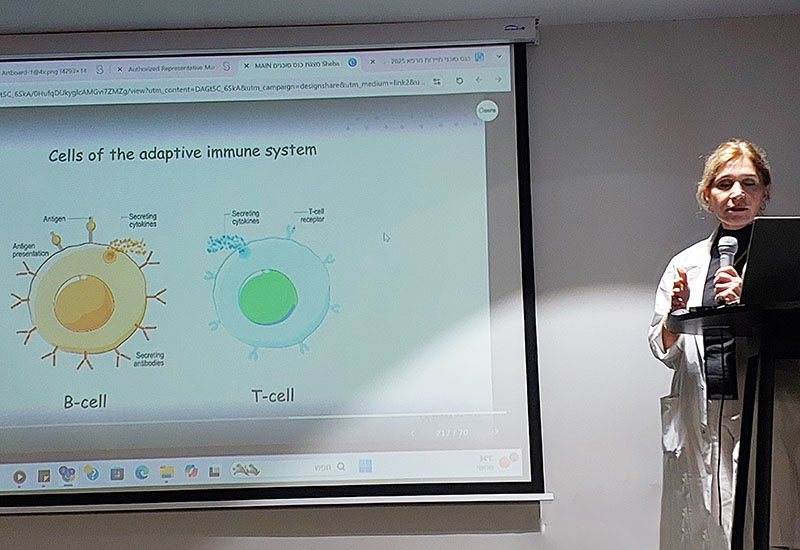
Prof. Lidar Presents on CAR-T Therapy for Rheumatologic Diseases
Why CAR-T for Sjögren’s Syndrome?
B-cells play a central role in Sjögren’s syndrome, producing antibodies that attack the body’s own tissues. CAR-T therapy specifically targets these cells, offering the possibility of:
- Reduction or elimination of dryness and inflammation
- Improvement in organ function for those with systemic involvement
- Freedom from long-term dependence on high-dose immunosuppressants
Early clinical evidence from autoimmune disease trials suggests that CAR-T therapy can achieve deep and sustained remissions, even in patients who have exhausted standard options.
The CAR-T Program for Sjögren’s Syndrome in Israel
Sheba Medical Center in Israel is internationally recognized for its innovation in CAR-T therapies. Its Sjögren’s syndrome CAR-T program is part of a broader initiative applying this technology to severe autoimmune and rheumatologic conditions.
The program is led by experts in immunology and rheumatology, combining cutting-edge science with patient-centered care. International patients are welcome, with eligibility determined through a detailed review of medical history and test results.
As with other autoimmune diseases, early treatment is key — preventing irreversible gland and organ damage can greatly improve long-term outcomes.
Who May Qualify?
CAR-T therapy for Sjögren’s syndrome may be an option for patients who:
- Have significant disease activity and systemic involvement
- Have not improved with multiple standard and biologic therapies
- Are medically fit to undergo treatment in Israel (approximate stay: 8–10 weeks)
Take the First Step
If you or a loved one is living with Sjögren’s syndrome that is not responding to conventional therapies, CAR-T cell therapy in Israel could be a game-changing option.
Contact us today to learn more about eligibility, timelines, and how Israel’s CAR-T programs for Sjögren’s syndrome are opening new possibilities for patients worldwide.
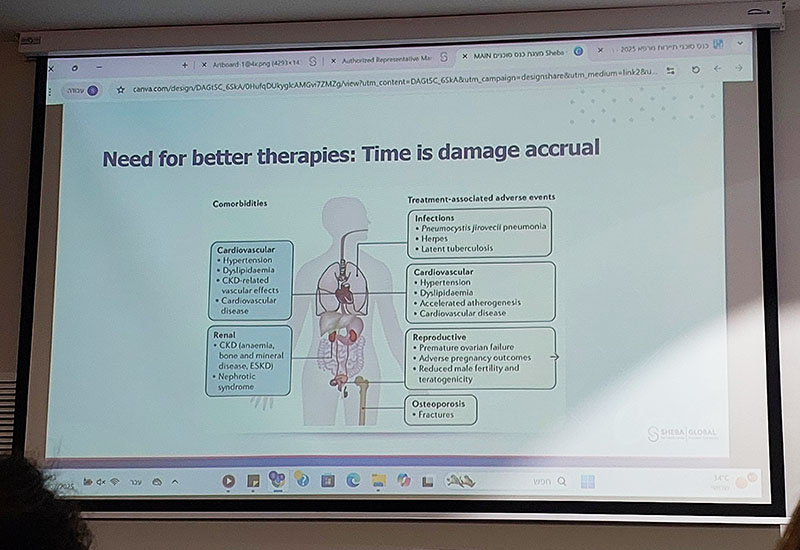
Publication date: August 2025


